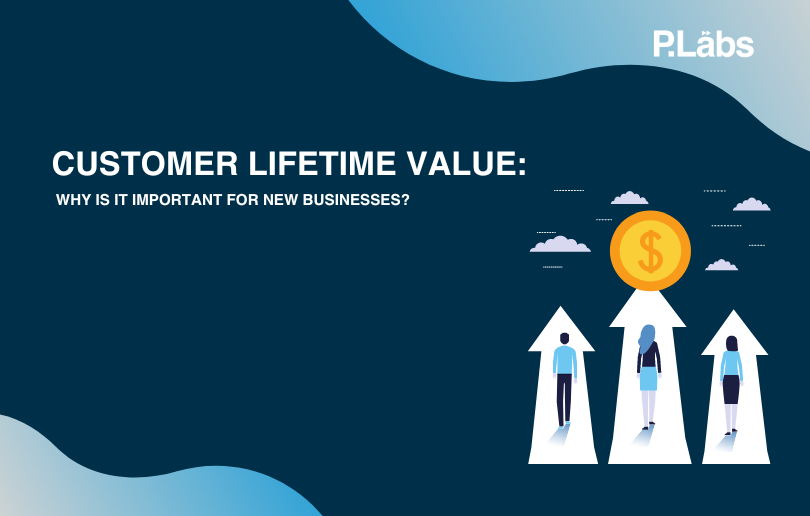LTV or Lifetime Value of a Customer: It’s also referred to as CLV, i.e customer lifetime value.
As a new company, let’s say you’re in the business of selling cookies with branding for corporations, and companies of a certain size. This was a passion project that grew through word of mouth and now you’re looking to scale your business into the next stage. The question would be how.
Here it’s important to create a very specific understanding of your customer.
What is the most commonly sold product?
What is the average transaction value that each customer spends with your business?
Is the customer returning to you every quarter, or more often?
If your business is older than a year, it’s possible that your customers have come back to you in Year 2, with repeat orders.
If you have these 4 data points, we can quickly calculate the LTV of your customers. First, what does a lifetime refer to here? A lifetime unlike the word itself doesn’t necessarily mean the entire lifetime of the business, or customer. In the simplest terms, it's a measure of the total revenue a business or company can expect to bring in from a typical customer for the duration of the customer’s transactions with the business.
Arriving at the calculation of LTV
You might ask, as a new business, you don’t have any benchmarks of how often you want the customer shopping or how long they will be in business with you.
So we work with some assumptions about what an ideal customer would look like.
Let’s assume we want each customer to spend Rs.2000/box multiplied by the number of boxes ordered by each customer. Here 2000.Rs reflect the average selling price of your product.
Let’s assume that an ideal customer orders up to 4 times a year for different events in the company. Let’s say we want to ensure that these branded cookies are given out for Christmas, Diwali, Holi, and the employee’s work anniversary! Based on these assumptions, we have also designed cookies that make the whole product very unique and thrilling for the buyer at the company.
With the above, therefore, the annual value from each corporate customer might work out to [assuming each order has 100 boxes], 2L [the average transaction value] x 4 = 8L from 1 single corporate order.
If we then multiply this by the number of corporate customers to reflect the overall size of the business
Now, if in Y2, only 50% of customers return, your retention rate is 50%
Similarly, if they place an order only twice in a year, your frequency is 2 vs the plan above for 4 times/year orders.
In this way, the average customer value per annum would work out to 2L for Y1. If the customers return, and make the same number of transactions, for the same value in Y2, it translates to an LTV of 4L, and so on.
Implications for new business vs older ones
Any business wants returning customers. Why? Because it’s cheaper to retain customers than acquire new ones constantly. Plus, with older customers, you’re much more likely to get referrals and recommendations, since they are loyalists.
So the next question would be: what is the ideal percentage of new customers to older customers? This varies from business to business. For example, a bakery would have a different frequency of repeating customers versus a fashion brand. Similarly, a custom stationery brand may have a different frequency of customers depending on their target market. You can define how often you want to bring the customer back into your business –do you have enough products to keep them coming back? Or is there a reason for them to keep coming back–for example, if you sell food items vs clothing. You will find each industry has different norms of expected frequency and retention rates.
Retention metrics
At any given time, after you have successfully crossed a year of business operations, it’s important to identify what percentage of customers are buying from you again. And unless your business is truly a single transaction such as a real estate company or the likes, you must understand what motivates your customers to come back. Based on that, develop products and services which allow them reasons to continue engaging with your brand. Use a CRM tool if possible to segment users. Most tools allow you to bifurcate users based on the transaction value, frequency, latency between purchases or transactions and more. You can use these insights to develop offers, products and communication targeting different consumer segments.

